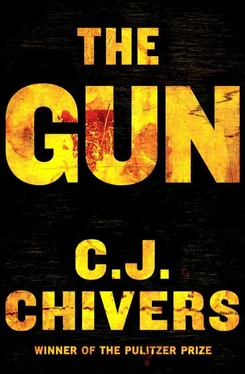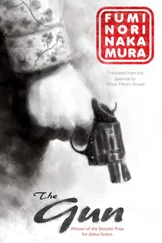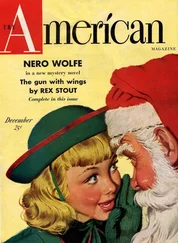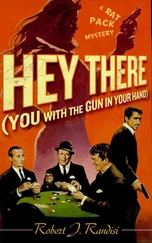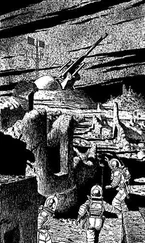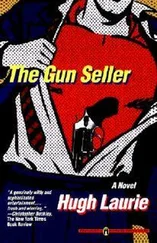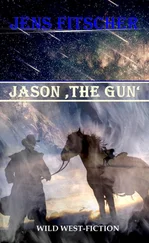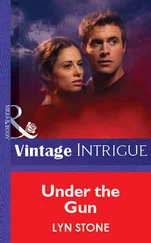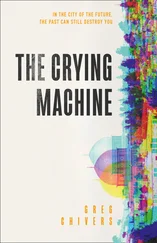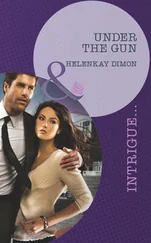The sketch that accompanied Gatling’s patent application showed that he had given the concept of rapid fire an ingeniously effective form. He had placed six heavy rifled barrels in circular fashion around a central axis, a design somewhat like a revolver in reverse, with the barrels spinning, rather than a cylinder behind them. A hand crank on the right side rotated each barrel through its turns firing, as ammunition was fed from a canister above. The weapon was a sight. It rested between two carriage wheels, like a small cannon. One writer gave it a name: “the little death angel.” 13It was an angel with curious parentage. Gatling appeared to have borrowed heavily from previous gun designers—the crank and hopper from the Repeating Gun, the six barrels of the Ripley. He also drew from himself. His first battery gun shared design elements with a cotton planter and rotary cultivator, except that it directed evenly spaced bullets, not seeds, where the handlers intended them to go. The result was still not a true automatic weapon. Gatling’s gun was manually operated. It required external assistance from the soldier at the handle to produce continuous fire, and it bore little resemblance to the automatic infantry arms in service today. But Gatling had created a weapon that fired with great rapidity and considerable accuracy, and was a technically sound step closer to the firearm manufacturer’s ideal of automatic fire. The term machine gun had not yet entered military jargon or the public imagination, but here was the forerunner: the 1862 Gatling, the first reasonably reliable weapon that could provide continuous rifle fire. It needed only to be debugged, and for the ammunition industry to catch up.
Modifications to the battery gun followed, as did public demonstrations. Witness accounts and ordnance test reports show that nothing quite like the effect of a Gatling gun had ever been seen. With this bulky invention, two men could produce controlled and withering streams of bullets beyond the ranges at which infantrymen of the time typically fought. Newspaper editors in Indiana cheered the arrival of a mechanical killing tool. “The newly invented gun of Richard J. Gatling, of this city, was put through an experimental trial yesterday, with blank cartridges, at the State House square, in the presence of the Governor and a large crowd of citizens. It operates very successfully and will certainly prove to be a weapon of war both novel and deadly.” 14Indiana’s governor, Oliver P. Morton, had been impressed enough that he ordered state tests. The initial examination was promising. “The discharge can be made with all desirable accuracy as rapidly as 150 times per minute, and may be continued for hours without danger, as we think, from overheating,” the three reviewers wrote. The weapon’s endurance while firing was an essential improvement over the Repeating Gun, which, with a single barrel and the characteristics of metals of the time, was vulnerable to malfunction caused by extreme heat. (One test in England would find that the Repeating Gun’s “barrel grew first red and then nearly white hot, large drops of fused metal poured from the muzzle, and the firing had to be discontinued from fear of worse consequences.”) 15The Gatling gun’s evaluators were impressed. “The very low price at which the gun can be made, its superiority in every respect, induce us to hope that your Excellency will order enough to be immediately constructed for a fair experiment in the field.” 16Early praise did not spur sales on a significant scale, but Gatling’s prototypes had made him a leader in a pack of arms designers—many of them genuine, some charlatans—racing for business.
These designers sought customers, and Gatling hoped to manufacture his line for the Union Army, the institution most likely to make him a very rich man. He also had little choice. During the war, the United States had imposed an embargo on arms exports. Sales contact with the Confederacy would be treason, and aside from the War Department there were few potential customers. The great size of the Gatling gun, and its relative complexity, made it a tool for institutions, not individuals. Gatling had spent the war years trying to entice the army into a deal, and had been helped by Governor Morton, who urged Peter H. Watson, an assistant secretary of war, to consider the Gatling gun for Union Army service. Good connections did not matter. Always Gatling had failed. The army showed no interest in his bullet-spitting contraption. A limited trial in 1863 by the navy indicated that the design had merit. The battery gun, wrote Lieutenant J. S. Skerrett, who supervised the tests, “has proved itself to be a very effective arm at short range; is well constructed, and calculated to stand usage to which it would necessarily be subjected.” 17The navy ordered a small number of Gatlings. But the army did not budge.
The Union Army was engaged in some of the most ferocious fighting ever seen, the fate of the American experiment was at stake, and many other young technologies were being applied to wide-scale use in war: rail transport, the telegraph, the repeating rifle, and more. All that Gatling had managed was a side arrangement in 1863 with Major General Benjamin F. Butler, a politician turned general in command of the Massachusetts Volunteers. General Butler often acted according to his own whim, and at the request of Gatling’s agent in the East, a demonstration was performed for him in Baltimore as he made his way south toward the war. He bought twelve guns on the spot for one thousand dollars apiece, along with twelve thousand cartridges. It should have been a promising start, but much went wrong. Gatling claimed to have paid $769 per gun to the machine shop he had contracted to manufacture them. Had his company received one thousand dollars for each of the dozen guns, there would have been at best a small profit after his agent’s commission. But Butler’s cash did not find its way to the inventor. “I never got any of that money,” he complained. “My agent went to Chicago with it, where he failed in business before he had made a settlement. So you see I was, so far, badly out of pocket.” 18Moreover, if the weapons had ended up in the hands of a different and more experienced general, they might have been put to imaginative work, and Gatling’s full loss could have been offset by a rush of orders. But Butler is remembered more for his foul reputation among Southerners than as a tactician. 19He retains the distinction of being the first army officer ever to bring modern rapid-fire arms to war. Yet he used them little. Butler’s Gatlings were apparently employed in the defense near Richmond, 20where they were effective in repelling a Confederate attack, and again at a fight along the James and Appomattox rivers. But little else is known of them, and they did not leave a strong impression in the Union Army, or influence the direction of the war.
As Gatling pondered his business in February 1864, nearly three years into the Civil War and with no significant sales on his books, the only other known use of his battery guns had been in mid-July 1863 at the New York Times, a Republican paper and stalwart backer of President Lincoln. The city had been shaken that summer by protests against draft laws that allowed citizens to buy their way out of Union conscription with a payment of three hundred dollars. The large fee meant that only the rich could afford a waiver. Class rage flowed, mixed with racist anger against blacks, who many white citizens thought would be competing with them for jobs. After an attempt to hold a new conscription lottery in July, rioters clashed with the police and roamed the city, burning buildings and beating freed slaves. At least several hundred people were killed. The Times had supported the draft laws and editorialized against the rioters. It backed its words with a bizarre reserve at its offices on Park Row: Gatling guns ready to turn back any mob. Accounts of the newspaper’s armory have varied. By one, Henry Jarvis Raymond, the Times ’ editor, was said to have personally manned a Gatling from behind a north-facing window that commanded a view of the street, and to have urged one the Times ’ principal stockholders to join him if necessary. “Give them the grape, and plenty of it,” he said, 21although the guns were never fired. On the night of July 13, mobs had ransacked the offices of another pro-Lincoln paper, Horace Greeley’s New York Tribune, before being driven off in a club-swinging melee with the police. The next night, fresh mobs appeared, but seeing Gatling guns pointing from the Times ’ front entrances, the rioters chose to converge once more on Greeley’s office, which the managing editor had arranged to have lined with wet newspaper to keep down the risk of fire. The crowd seethed with menace but withdrew when its members saw Greeley’s staff had taken arms, too, and rifles bristled from the windows. 22Where the Times ’ Gatlings came from has been lost to history, but the newspaper’s offices weathered the riots without suffering so much as a broken window.
Читать дальше
